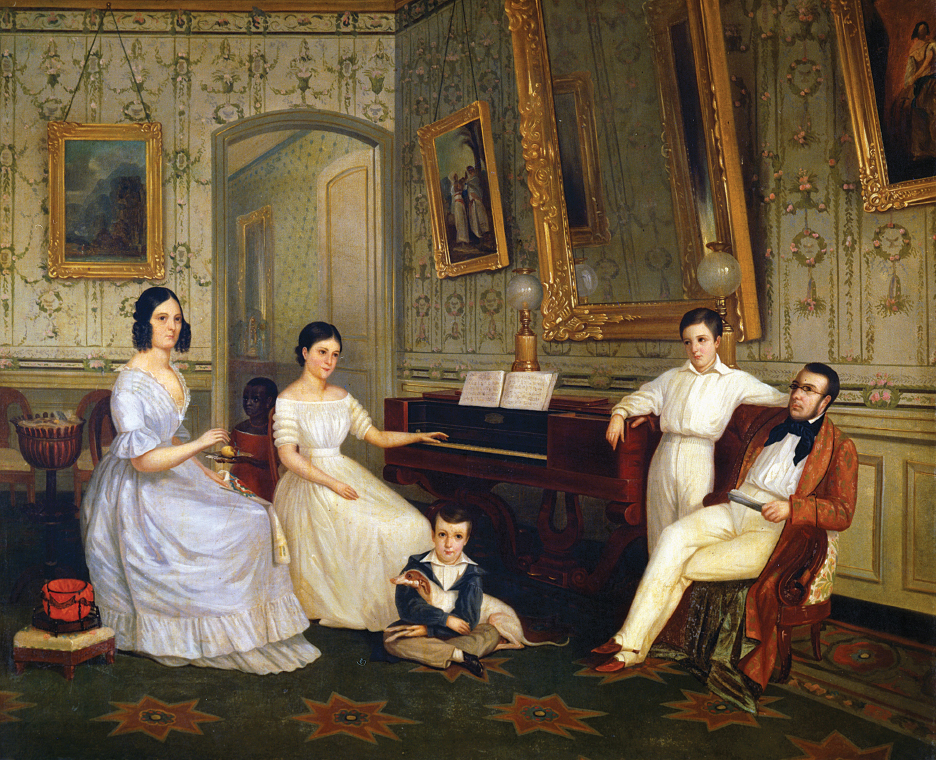America’s History: Printed Page 281
America: A Concise History: Printed Page 254
America’s History: Value Edition: Printed Page 246
Transforming the Economy, Society, and Culture
 © White House Historical Association/Photo by National Geographic Society.
© White House Historical Association/Photo by National Geographic Society.
Impressive advances in industrial production, transportation, and commerce transformed the nation’s economy. Factory owners used water- and steam-powered machines and a new system of labor discipline to boost the output of goods. Manufacturers produced 5 percent of the country’s wealth in 1820 but nearly 25 percent by 1860. As enterprising merchants, entrepreneurs, and government officials developed a network of canals and markets, manufacturers sold these products throughout an expanding nation. The new economy created a class-based, urban society in the North and Midwest. A wealthy elite of merchants, manufacturers, bankers, and entrepreneurs rose to the top of the society. To preserve social stability, this elite embraced benevolent reform, preaching the gospel of temperance, Sunday observance, and universal elementary education. Simultaneously, an expanding urban middle class created a distinct material and religious culture and promoted its ideology of individual responsibility and social mobility. Some middle-class Americans advocated radical causes: joining utopian socialist communities and demanding equal rights for women and the immediate end of racial slavery. A mass of propertyless wage-earning workers, including poor immigrants from Germany and Ireland, devised a vibrant popular culture of their own. This complex story of economic change and social fragmentation is the focus of Chapter 9 and Chapter 11.